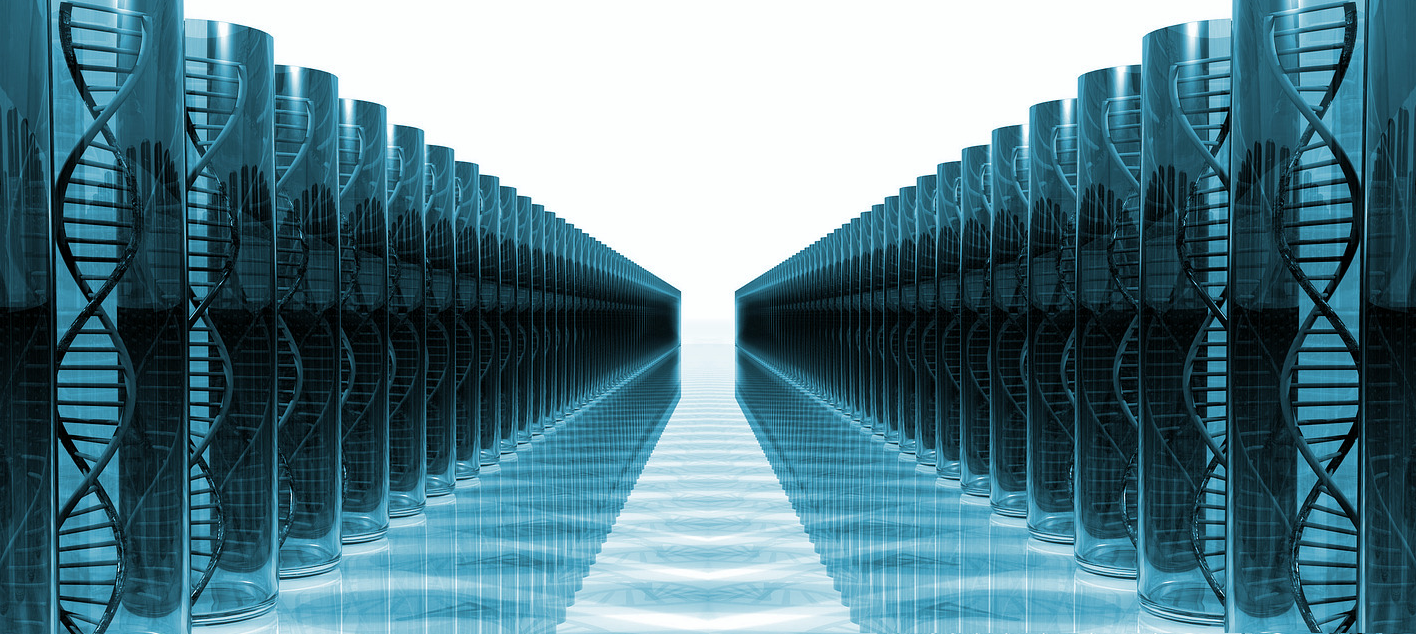About bioinformatics
Bioinformatics is a rapidly developing branch of Informatics (information theory), which deals with theoretical questions about storage and transmission of information in biological systems.
The main sections of bioinformatics are computer genomics, solving problems of deciphering the genetics “texts” stored in DNA(RNA) nucleotide sequences, and metabonomics exploring the organization of cell metabolism and their management by the genome. Creation of the computer databases in molecular biology, providing genomics and metabonomics, and necessary for the development of their experimental data in sufficient quantity and in usable form main(major) sections of Bioinformatics.
Information services, providing the? accumulation, storage and usage of knowledge, acquired by science in biological systems also refer to Bioinformatics.
The goal of bioinformatics is accumulation of biological knowledge in a form that provides the most effective usage, and construction and analysis of mathematical models of biological systems and their components.
The information about the structure of the material elements, providing functioning of the body, is stored in the nucleotide sequence of DNA (or RNA), forming their genome.
The determination of the nucleotide sequence of DNA genomes of organisms(sequencing) at the beginning of the 21st century already is a well mastered and sufficiently profitable technology. The amount of sequenced genomes is rapidly increasing and it is mainly determined by the amount of funds that can be spent for ON? this purpose.
There is a special section in Bioinformatics that is called Genomics? Which deals with modeling and studying/exploring the ways to store (of storing) information about the structure of the material elements of biological systems, encoded in the DNA and RNA sequences. The main efforts of scientists around the world, working in the field of genomics, are now concentrated in the creation of effective methods of computer analysis of genetics “texts”, representing the nucleotide sequence of the genome of the cells/ cells genome. Deciphering the genetic text is primary/ primary is/ Primary deciphering the genetic text is identifying the? possible functions of various sections of the DNA sequence, i.e. discovery of genes and their regulatory and protein-coding regions and areas, regulating and coordinating the activity of genes.
Currently, the most pressing issue is the identification (annotation) of the nucleotide sequence, forming/that forms human genes, as in accordance with international human genome project it is planned human genome to be completely sequenced and available for analysis.
Separation of the nucleotide sequence of DNA sections with predefined functions is not a simple task, since they are quite heterogeneous in nature (which is probably due to the complexity of regulation mechanisms) and disguised by mutation noise. In accordance with international Human Genome Project planning human genome to be completely sequenced and available for analysis.
Currently, the accuracy of determination of the nucleotide sequences of the genes by computational methods is probably no t? more than 70%.
Cells metabolism is an extremely important subject of Bioinformatics research, which is still poorly developed. Further study subjects/Subjects of further study are identification and modeling of the dynamic structures of the metabolism, maintaining homeostasis in the cell at the expense of the regulatory properties of enzymes, existing in the cell and operation/functioning of the genome that/which supports the existence of this structure.
| About the project |
|---|
| About bioinformatics |
| Objectives |
 Български
Български English
English